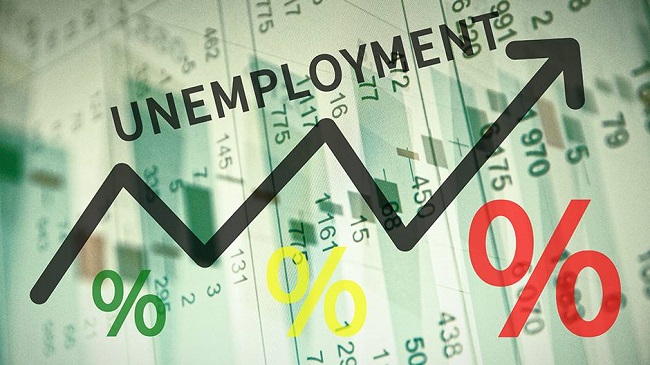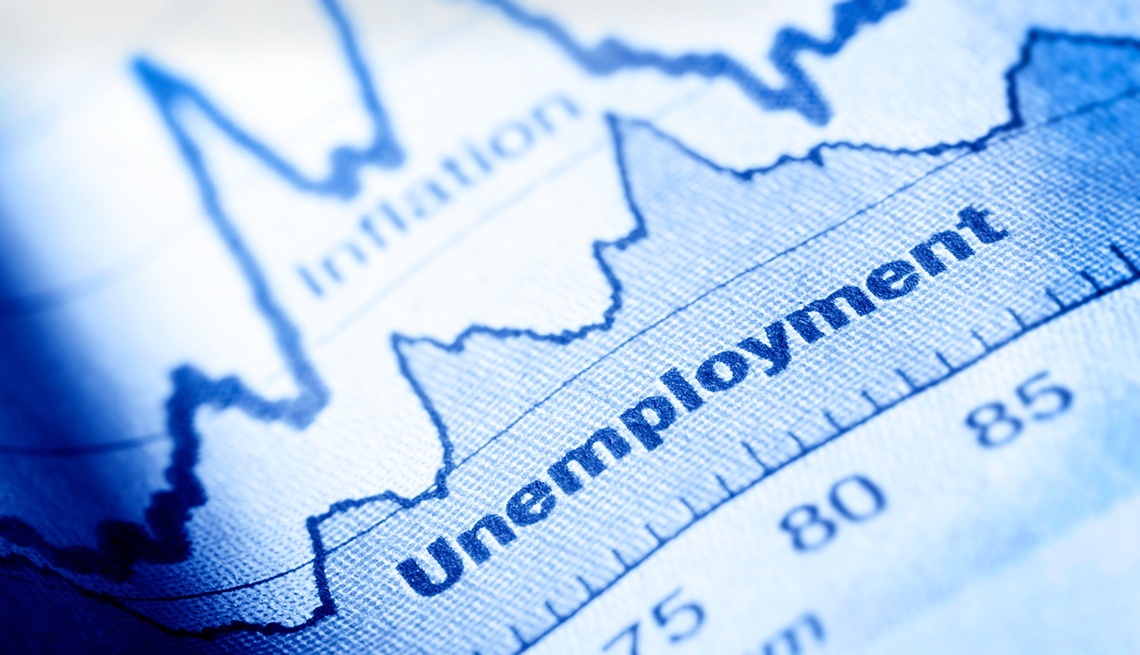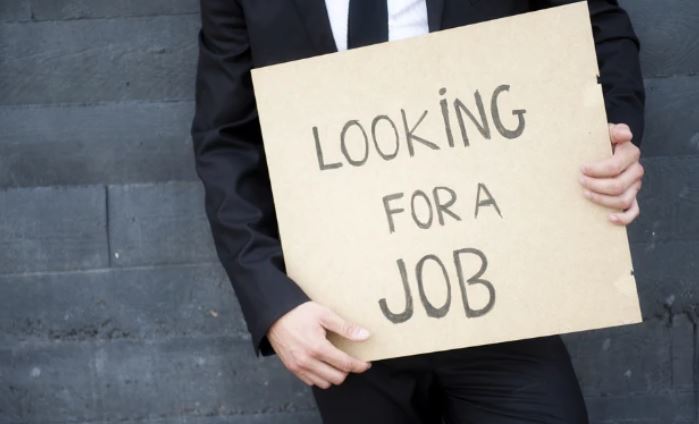Australian August unemployment at one-year high, rate cut seen in October
Australian employment rose in August but the jobless rate worsened to a one-year high of 5.3% as more people looked for work, a sign of spare capacity in the labor market that reinforced expectations of more central bank stimulus.

Sydney: Australian employment rose in August but the jobless rate worsened to a one-year high of 5.3% as more people looked for work, a sign of spare capacity in the labor market that reinforced expectations of more central bank stimulus.
Thursday’s data from the Australian Bureau of Statistics (ABS) showed 34,700 jobs were created in July, more than three times what the market expected. However, full-time employment fell by 15,500 and measures of underemployment and underutilization edged up.
The Australian dollar AUD= slipped to two-week lows under $0.68 as traders saw an increased chance of a rate cut as soon as the Reserve Bank of Australia's (RBA) next policy meeting on Oct. 1. There were back-to-back easings in June and July that took the policy rate to a record low 1%.
Also Read: Australian shares track regional gains after Fed cut; New Zealand up
“Today’s data adds to the growing evidence that further stimulus is required for the RBA to achieve its full employment and the inflation targets,” said Kaixin Owyong, Melbourne-based economist at National Australia Bank.
Growth in Australia slowed to a decade-low last quarter, inflation has undershot the RBA’s 2-3% target for almost 3-1/2 years and consumer spending has been sluggish in recent months despite the rate cuts.

That together with Thursday’s weak unemployment number led economists at Commonwealth Bank of Australia (CBA.AX) to join their counterparts at Westpac in predicting an October easing.
The RBA has said it would like to see the unemployment rate fall to around 4.5% to help generate wage pressures. That looks like a tall order, as the jobless rate has been edging up since it fell to 4.9% in February, the lowest since 2008.
Wage Growth Outlook
“A higher unemployment rate suggests that stronger wage growth is unlikely for the foreseeable future,” said Callam Pickering, economist for global job site Indeed.
Rising unemployment “is a negative for wages and inflation and justifies the Reserve Bank’s stance on rates,” he said in a note. “A cut at either their October or November meetings seems all but certain at this stage.”
Financial futures are now predicting a 70% chance of a cut to 0.75% in October from a 50-50 probability before the data. Another reduction to 0.5% is now almost full priced-in for February.
Also Read: Record low rates deliver competitive advantages to Australia's biggest banks
One reason why unemployment has been rising despite strong jobs growth is more people are seeking work, with labor force participation rising to a record high 66.2% in August, up from 65.6% a year earlier.
Thursday’s figures showed part-time employment rose by 50,200 in August while full-time employment contracted.
Investors will next focus on a Sept. 24 dinner speech by RBA Governor Philip Lowe that might shape market expectations for the Oct. 1 policy meeting. (Reuters)
 Dynamite News
Dynamite News
